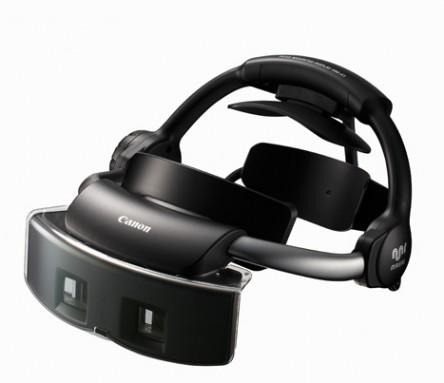Canon Not Only Has A Resin 3D Printer But A VR Headset Too
If you think of Canon as simply a plain printer and camera company, then you might have been hiding under a rock for the past two years. That or you're not in Europe. The company has been into 3D printers around that time, but mostly as a distributor of 3D Systems' own printers. At the Canon EXPO in Paris, however, it might be trying to say it's ready to break out on its own, unveiling a 3D printer concept that could be the first piece of its "Imaging of Things" plans.
This Canon 3D printer concept uses resin-based material for its lamination process, a process that the printer maker claims to be perfect for rapid prototyping as well as rapid manufacturing. By reducing the amount of time in post-processing and therefore the overall printing process, Canon says that more time can be devoted to designing and innovating.
Those might seem like a bunch more marketing words, which is, admittedly, in line with a concept product. But the interesting part of the 3D printer isn't just the printer itself but what it connects to. It is meant to communicated with other 3D printers as well as 3D scanners on a network, for example. And almost all of these will eventually be connected to a smart device, mobile or otherwise. The interaction of sensors and data is what Canon bundles up in its idea of the "Imaging of Things" which it believes will form the foundations of the existing Internet of Things.

That imagine aspects plays well into Canon's somewhat surprising new venture. Perhaps inspired by HP, Canon has revealed its MREAL "mixed reality" headset. The idea is that the MREAL headset would let you view and maybe even design a product in full 360-degree angles before proceeding to the prototyping stage, where its 3D printer may be of use, and then on to the manufacturing stage. This use case could give virtual, augmented, and mixed reality a more serious flavor beyond the common perception of simply being an entertainment or gaming technology.
Both products are, however, still at their conceptual and prototyping stages themselves and it might take a while before they become actual commercial products.
VIA: 3D Printing Industry
